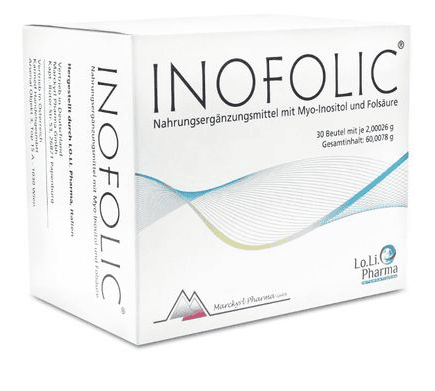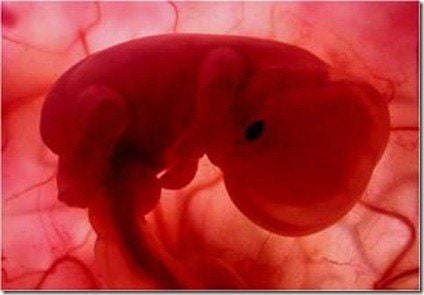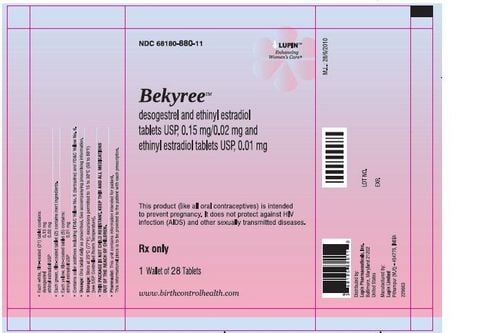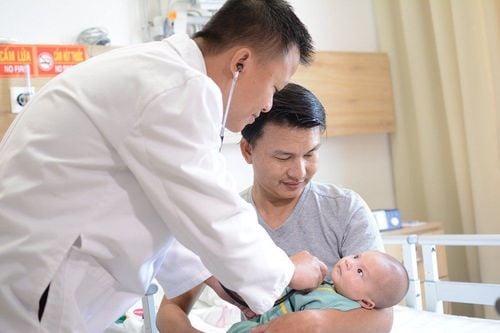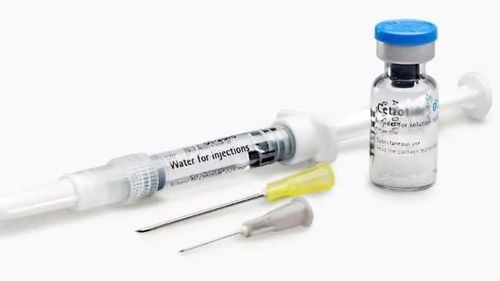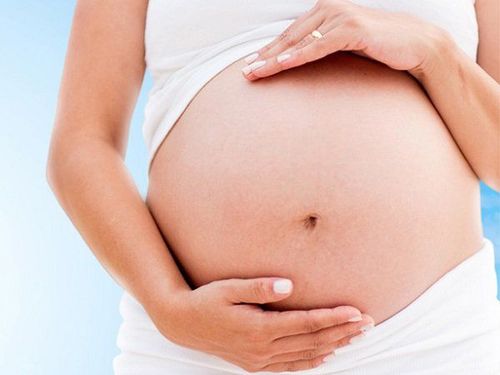This is an automatically translated article.
Ovarian hyperstimulation syndrome causes extremely uncomfortable symptoms that can sometimes be life-threatening. Therefore, women need to recognize the symptoms early, especially when taking measures to support fertility and quickly go to the hospital for timely treatment of ovarian hyperstimulation.Ovarian hyperstimulation syndrome usually clears up on its own after a week or two or so if you're already pregnant. Medical interventions are aimed at reducing symptoms, helping patients feel more comfortable by reducing ovarian activity, and at the same time preventing complications. The treatment for women experiencing ovarian hyperstimulation syndrome will depend on the degree of manifestation and include the following components, specifically:
1. Treatment of mild and moderate ovarian hyperstimulation syndrome

Người bệnh có thể được theo dõi điều trị tại nhà nếu nơi cư trú không quá xa các trung tâm phụ sản
Rest, limit activities; Drink a lot of water; Eat foods high in protein; Use anti-nausea medications, common pain relievers. Avoid ibuprofen or naproxen as these can interfere with the implantation of a newly fertilized egg; Wearing lower extremity compression stockings helps prevent blood clots from forming; Avoid sex, which can cause pain and make ovarian cysts more likely to burst, causing bleeding; Monitor: Measure waist circumference, weight, urine output per day. In addition, patients need to be re-examined as soon as signs of serious change such as:
Vomiting a lot, completely unable to drink; Diarrhea ; Shortness of breath; Weight and waist circumference continued to increase rapidly; Urinating less (less than 500ml of urine/24 hours). On admission, fluid accumulation in the free spaces should be assessed by ultrasound, a simple, easy-to-implement, and readily available means. If there is moderate amount of fluid in the abdomen, the patient is very tired, has a lot of dyspnea, and the situation is expected to worsen, and the fluid is rapidly forming, early vaginal aspiration should be considered. As such, symptoms may improve markedly after drainage, which can be repeated later if necessary. At the same time, it is necessary to restore the patient's intravenous fluids containing protein, isotonic electrolytes and prophylactic antibiotics.
2. Treatment of severe and very severe ovarian hyperstimulation syndrome
When there are symptoms of severe and very severe ovarian hyperstimulation syndrome, the patient needs to be hospitalized for treatment, absolutely bed rest, and sometimes even need to be monitored at the Intensive Care Unit.Monitoring mode: Vital signs such as pulse, blood pressure, heart rate, breathing rate, SpO2 every 6 hours; The amount of fluid entering and leaving the body every 12 hours. Monitor urine output, adjust so that the amount of urine collected each day must be more than the total amount of water in the body; Weight, waist circumference every 24 hours. Pay attention to closely review the disease status when the weight increases over 1 kg/day; Tests: Complete blood count, Hct, Ionogram, Blood albumin every 24 hours. Liver function, kidney function, blood clotting function every 2 days. Types of fluids: Increase intravascular oncotic pressure: Albumin 25% can be used 50ml - 100ml/day; Electrolyte water balance: Sodium Chloride 0.9%, Glucose 5% with the amount of 500-1000ml/day. Lactate Ringer should be limited because of pre-existing hyperkalemia in ovarian hyperstimulation syndrome. Consider emergency laparotomy for decompression when the following symptoms are present: Abdomen is too distended; Shortness of breath; Oliguria; Poor eating, exhausted due to abdominal distension. Besides, in severe cases, patients also have difficulty breathing due to pleural effusion, also need puncture, drainage of the pleura, pericardium for symptomatic treatment. Specific indications are as follows:
Pleural effusion: When there is severe pleural effusion causing difficulty breathing due to compression of lung parenchyma, reduced respiratory function, SpO2 < 90%; Pericardial puncture: When there is pericardial effusion, it reduces the contractile function of the heart. In addition, in the case of severe ovarian hyperstimulation syndrome with potentially life-threatening renal function impairment, low dose dopamine should be considered. If serious complications occur, additional treatments may be needed, such as surgery when an ovarian cyst ruptures. Use more anticoagulants to reduce the risk of blood clots, causing blood clots in the legs and lungs.
If ovarian hyperstimulation syndrome progresses to worsening status, does not respond to medical measures, develops life-threatening multi-organ failure, consider early termination of pregnancy. to save the life of the mother.
3. How can ovarian hyperstimulation syndrome be prevented?

Cần chú ý sàng lọc, theo dõi những bệnh nhân thuộc nhóm nguy cơ cao
Age under 35; Having polycystic ovary syndrome; Use of FSH in ovarian stimulation; History of ovarian hyperstimulation syndrome; Estradiol blood concentration > 6000 pg/ml before hCG injection; Estradiol levels increase rapidly during ovarian stimulation; There are many follicles (more than 15) of medium and small size (12-14mm) in both ovaries. Preventive measures include:
3.1. Level I prophylaxis for at-risk subjects before ovarian stimulation Use appropriate regimen with appropriate drug dose for each patient's body; Using the Antagonist regimen; Do not use hCG in luteal phase support; Raising young eggs in a test tube. 3.2. Level II prophylaxis for subjects with ovarian overreaction to ovarian stimulation Reduce the dose of ovulatory hCG; Do not inject hCG, replace ovulation with a GnRH agonist, such as Diphereline 0.1 mg x 2 ampules subcutaneously 36 hours before egg retrieval; Postpone cycle: No embryo transfer, whole embryo storage. In general, ovarian hyperstimulation is not an uncommon complication of infertility treatment. Each level has different interventions. However, timely adjustments when symptoms are still mild will have a better prognosis on the mother's health and the subsequent conception.
Patients experiencing ovarian hyperstimulation can go to Vinmec International General Hospital for examination and intervention. There is a team of specialized and experienced obstetricians, modern medical equipment and professional service quality that will bring high efficiency in diagnosis and treatment of diseases.
Please dial HOTLINE for more information or register for an appointment HERE. Download MyVinmec app to make appointments faster and to manage your bookings easily.




